Get this deal! Call now.
Speak with a vehicle protection plan specialist and get $300 off any new contract instantly.
Call 866-678-4172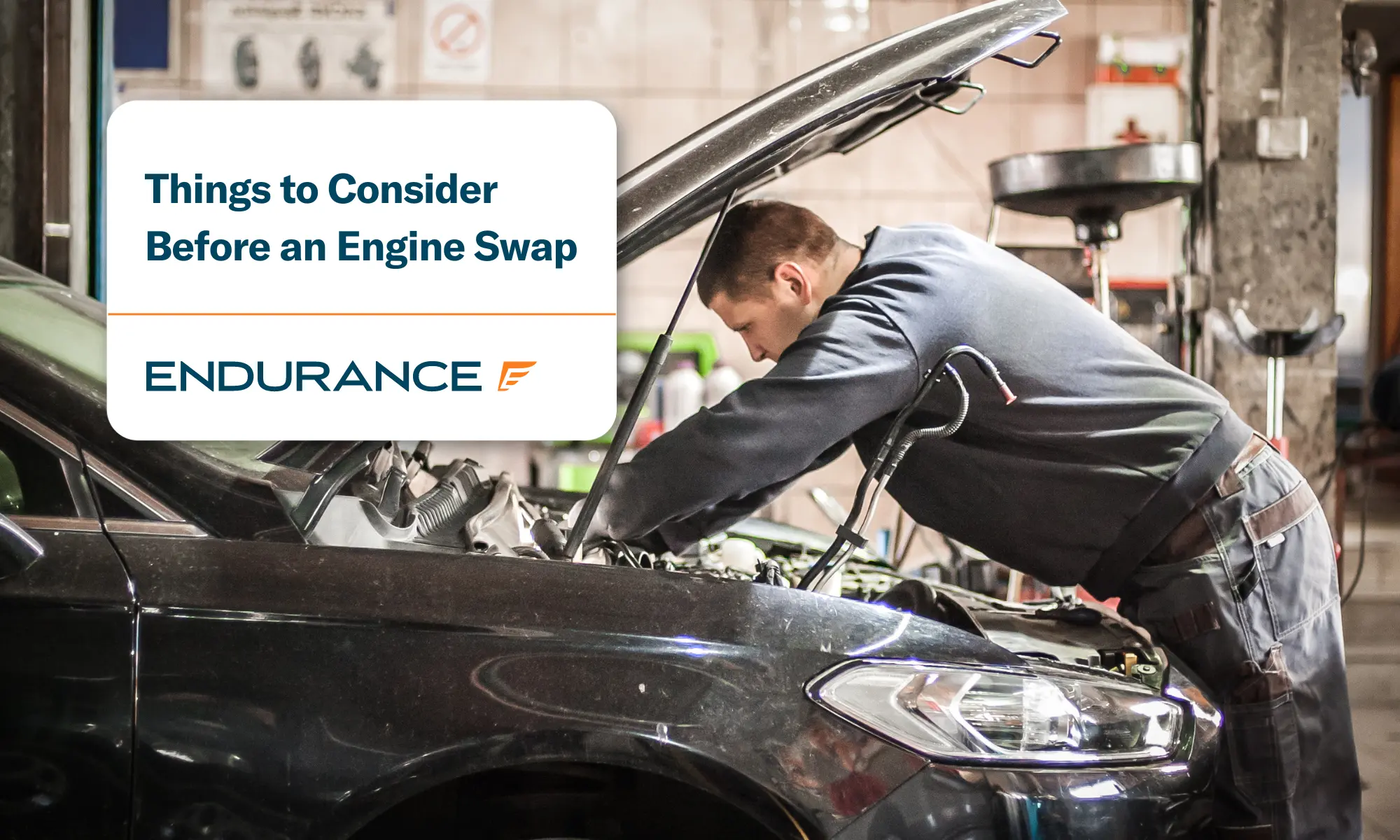
There is nothing quite like hitting the open road in the warmer months of spring and summer. Cruising with the windows down and radio up when the weather is perfect is something we dream about all winter long. Having a vehicle with an engine that is malfunctioning can take the wind out of your sails very quickly, leaving you with an inoperable vehicle when you need it the most.
Luckily, you can swap a new engine in your vehicle to get it back in action instead of purchasing an expensive new vehicle. Let’s review the top things to consider before swapping an engine to see if it is the right move for you.
Swapping a new car engine into your vehicle is not easy. While this is a task best left to automotive professionals, you, as the car owner, can easily make the decision to swap in a new engine. When considering swapping your engine, take these ten factors into account.
One of the first things you should consider when considering swapping your engine is the budget. This is certainly not a cheap job, and depending on what motor you choose, you may need to purchase additional items to ensure it works in your vehicle. An engine swap can cost anywhere between $5,000 and $20,000+, depending on the vehicle.
Having a professional look over your vehicle, pricing out all of the parts, and giving you a full quote with labor should give you a ballpark budget. However, you will always want to set aside a little extra in case anything pops up.
The cost of an engine swap includes the engine, any needed repairs if using a used engine, additional parts to make it compatible with your vehicle, and the labor involved in swapping the engine. If you are simply swapping a similar engine into your vehicle, the cost will be relatively cheaper than retrofitting a different engine that did not come factory in your vehicle.
Compatibility is another big factor in determining the cost and time it will take to complete your swap. There are two main types of engine swap: one that involves swapping in the same type of engine and one that involves swapping in a different style of engine.
If your engine has failed to the point of not being repaired, swapping in a similar engine is usually a more economical choice than purchasing a new vehicle. This is going to be your cheapest route, as the new engine will use the same components that have already been installed in your vehicle.
If you are doing an engine swap to upgrade your engine, other modifications may be needed to ensure it works correctly in your vehicle. This may include a new transmission, oil pan, different wiring, ECU tuning, and engine bay modifications.
The engine choice should be one of the main concerns when considering an engine swap for your vehicle. With many different engine choices out there, just about anything is possible with the right mechanic and budget. However, for most people, there are going to be two options: a factory engine or a popular aftermarket choice such as a V8 engine. The choice of engine will ultimately be decided by the goals of your vehicle.
If you are just wanting to get a new engine for factory-like performance, a factory-style engine will be sufficient. If you want to upgrade your vehicle to a more powerful engine, an aftermarket performance engine should be considered.
Once you have decided what type of engine you want for your vehicle, you will need to choose between a used or new engine. New engines can be purchased for a higher price, but for those who are on a lower budget, refreshing an older engine will be a more economical choice.
Skill level is also a big consideration when you want to swap engines. Engine swaps require an advanced set of mechanical skills, specialty tools, and, in some cases, access to special vehicle software. If you are not mechanically inclined or do not have a good selection of tools, this may be a job that is best left to the professionals. Swapping a similar engine is much simpler than installing an engine that was not intended for your vehicle, so this could be tackled by those who have slightly advanced mechanical skills.
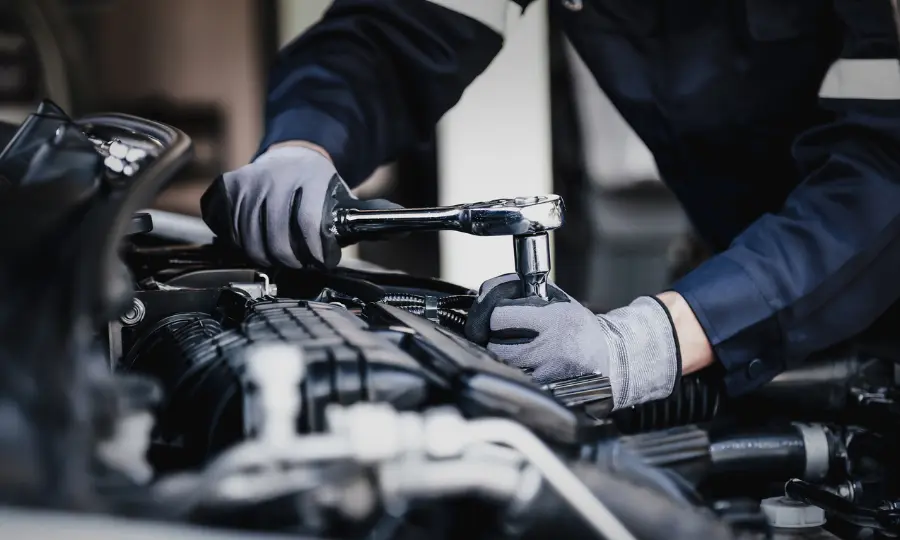 It’s also important to consider the different components of the vehicle (on top of the difficulty of working with them) during an engine swap:
It’s also important to consider the different components of the vehicle (on top of the difficulty of working with them) during an engine swap:
Wiring is always a constant problem for people, no matter what size project they are taking on, especially in modern engine swaps. Wiring can be very complex, and it requires a lot of understanding about amperage, wire gauges, relays, and overall circuits. A perfect example is the electric fan circuit. Many people run two wires (power and ground), but the circuit needs to be tied into the cooling system and air conditioning system, and the system needs one or two relays.
Cooling systems aren’t tricky, but many people underestimate the volume of work that goes into them. Mechanical fans will work with old engines, but today’s engines run hotter and require a lot more cooling. Most people just don’t think about the specific functionality of the modern engine they are installing and reinstalling the mechanical fan on, or they hook up a cheap electric fan that doesn’t have enough flow.
Most people know or have a good idea that the exhaust manifolds will need to be modified. However, it isn’t until the engine is sitting in the engine compartment that they realize how complex the issue can be, and people can quickly get in over their heads. Steering linkage, spark plugs, and wires can really cause some headaches when fabricating a header. By the time most people have a good mental image of how the headers need to be out, they realize that the tubing is going to hit the frame or body and have to start from scratch again—a common and costly mistake.
Since most chassis and cross-members are in different locations, oil pan clearances are often a problem. Luckily, with the wide variety of aftermarket oil pans out there, people usually don’t have to build custom pans and pick-up tubes. It takes a little more effort to find exactly the right fit.
Steering linkage can get tricky when figuring out how to navigate past the headers and around everything. In addition to that, many people upgrade their suspension and steering systems simultaneously as the engine. With the wide variety of aftermarket components available, sometimes the combination of parts used can require an odd combination of the steering linkage.
Late-model engines usually have mounting brackets or bosses for air conditioning compressors. While this can make it convenient, the compressors are usually mounted on the lower sections of the engine. This can create problems when trying to get an engine between the frame rails. So, mounting the compressor in a different location is often necessary. In addition to the compressor, a lot of people have problems laying out the system and figuring out where the accumulator/dryer or fixed orifices go.
One commonly overlooked modification is that, in general, all of the reservoirs need to be changed. The cooling system isn’t a big deal, but the power steering reservoir can be tricky. Packaging gets really tight, and sometimes, a remote mount reservoir is needed.
While a driveshaft doesn’t seem like a big deal, people sometimes have problems measuring it or selecting the right yoke or flange. Once in a while, we run into a problem where people don’t tell the driveshaft shop that they put a blower on the car, and it has 800 hp. So, they will bend the driveshaft or kick it out of the side of the car when they hammer it.
Most people know they need larger, higher-quality fuel lines and better filtration. However, they run into problems when selecting the right fuel pump. For your daily driver and for better fuel economy, you may want to try using a factory-style in-tank pump. Frame-mounted high-volume pumps vibrate, run hot, and usually aren’t designed for extended driving cycles. So, failure and cabin noise can be a problem.
If the rest of the driveline is staying the same (designed for an early-model engine), sometimes getting a converter with the right flywheel pattern and transmission spline count can be tricky. There are aftermarket “hybrid” converters to solve this problem.
The tools required to make an engine swap easy are not common tools that are owned by the average DIY car owner. In order to safely remove and install an engine, you will need a lift, engine hoist, and possibly an engine stand to get the job done. Swapping an engine can be done on jacks, jack stands, and an engine hoist, but this can be more difficult and time-consuming.
Having a trusted mechanic swap your engine can ensure that the work is done professionally, in a timely manner, and usually with warranted work. Unless you have the required tools to do the job, you will most likely want to leave the swap in the hands of someone who does.
Time is a crucial factor when swapping an engine, as it can determine the budget of the entire project. If your vehicle needs to get up and running as soon as possible, time may be a big factor, meaning you will need to have it done by a professional. A certified mechanic will be able to have the quickest turnaround, but it may cost you more than a DIY engine swap.
If you do not need to complete the swap soon, you can take your time and spend more time finding deals on parts. This can also give you time to learn how to complete the swap yourself, saving you money in the long run. You may also be able to rent specialty equipment for the time you need rather than purchasing it outright.
One area of concern that many do not think about when doing an engine swap is the legality of the swap. If you are swapping in a similar engine that was in your vehicle, this shouldn’t be an issue. When swapping in an engine that did not come in your vehicle from the factory, there are a few different things you need to take into account.
Safety is priority number one for any vehicle repair and is especially important for an engine swap. When completing an engine swap, you will want to ensure that your vehicle remains safe and driveable without issues. It is highly recommended that a professional complete the swap; however, it can be done safely by those who are very mechanically inclined.
To complete the engine swap as safely as possible, use the correct tools, triple-check all of your work, and be sure to torque all of the hardware to the specified torque specs. Using the correct tools will ensure that you and anyone who is helping stay as safe as possible throughout the swap.
Triple-checking your work will ensure that you have thoroughly reviewed it to ensure every bolt has been tightened and every plug has been installed. Lastly, using a torque wrench to properly torque each bolt will make sure that each bolt is tightened to the manufacturer’s specifications.
Lastly, you will want to consider the testing and tuning portion of the engine swap. Tuning a new engine usually requires specific software that not many DIY car owners have, so this could be another reason why you would want a professional to complete your engine swap. Once your engine swap is complete, you will want a professional to test it to make sure that it functions as intended and that nothing is off. Tuning refers to ensuring your timing, air intake, cooling system, and other mechanical features are operating correctly and correcting them if needed.
You will also want a professional to ensure that your more advanced systems, such as your power steering and air conditioning systems, are operating correctly. Tuning may also be a larger process for more advanced vehicles, such as newer Honda and Toyota vehicles, versus simpler vehicles, like older Ford and Chevy pickups.
An engine swap is the process of removing a vehicle’s original engine and replacing it with a different one, often to improve performance or address mechanical issues.
Potential risks and challenges include compatibility issues, the need for modifications to the vehicle, potential legal and emissions compliance issues, and the possibility of unforeseen complications during the swap process.
When choosing an engine for a swap, consider factors such as compatibility with your vehicle (engine mounts, transmission, wiring), your performance goals, budget, and the availability of aftermarket support and parts for the chosen engine.
Whether an engine swap is worth it depends on your goals and the condition of your current engine. It can be a worthwhile investment for performance enthusiasts looking to improve their vehicle’s performance, but it may not be cost-effective for everyone.
Endurance Warranty offers auto protection plans that cover cars with rebuilt engines and any other vehicles up to 20 years old with unlimited mileage. Get started by requesting a FREE quote or visit our online store for fast access to pricing and plan information. Endurance plan advisors are also ready to talk directly with you about your vehicle’s coverage options. Call (800) 253-8203 for personalized assistance today.
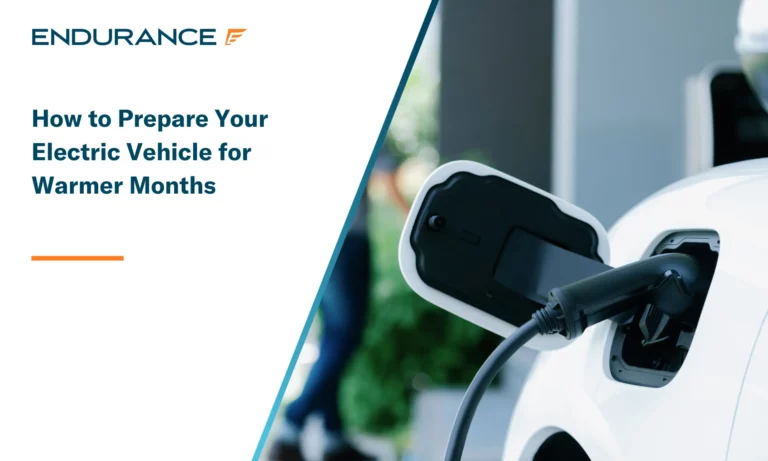
Fluctuating temperatures can have a dramatic impact on your vehicle’s performance. Just like you winterize your vehicle when the temperatures begin to drop, it is equally important to prepare for..
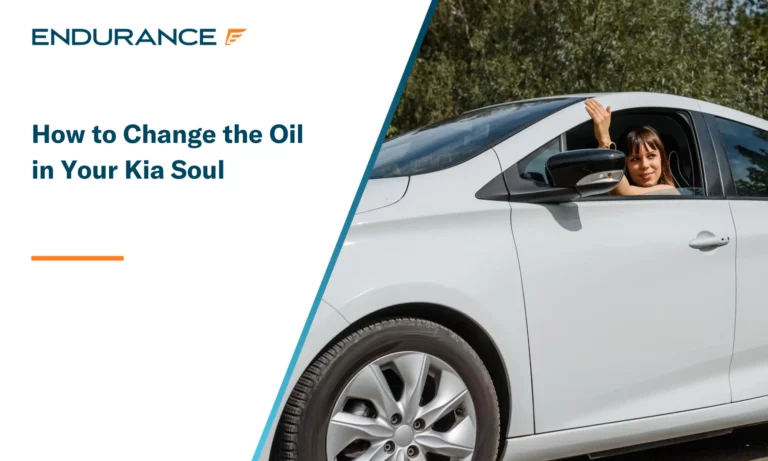
Taking care of maintenance items on your vehicle is one of the most important tasks a Kia Soul driver – or any car owner – needs to remember. While maintenance..
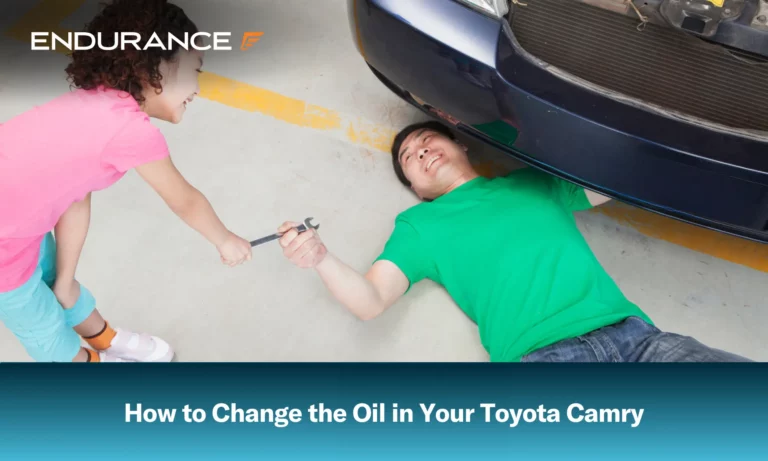
As a car owner, your biggest responsibility is keeping your vehicle in good condition. Regular maintenance and scheduled service will go a long way toward keeping your car running smoothly..

Your protection is our top priority. Your quote is in progress and you will
receive a confirmation
email shortly.

We're here to make sure you get the most comprehensive EV protection. That's why we've partnered with Xcelerate Auto to offer you transparent and dependable Tesla coverage.
Want us to contact you about XCare coverage for your Tesla?



Sign up and get $300 off your new contract!
By clicking the button, you consent to Endurance using automated technology to call, email, and text you using the contact info above, including your wireless number, if provided, regarding auto protection or, in California, mechanical breakdown insurance. You also agree to the Endurance Privacy Policy and Terms and Conditions. Consent is not a condition of purchase, and you can withdraw consent at any time. Message and data rates may apply.
Speak with a vehicle protection plan specialist and get $300 off any new contract instantly.
Call 866-678-4172

Simply fill out the information below and we will follow up fast with your free no-obligation quote.
By clicking the button, you consent to Endurance using automated technology to call, email, and text you using the contact info above, including your wireless number, if provided, regarding auto protection or, in California, mechanical breakdown insurance. You also agree to the Endurance Privacy Policy and Terms and Conditions. Consent is not a condition of purchase, and you can withdraw consent at any time. Message and data rates may apply.
Alex has worked in the automotive service industry for over 20 years. After graduating from one of the country’s top technical schools, he worked as a technician achieving a Master Technician certification. He also has experience as a service advisor and service manager. Read more about Alex.